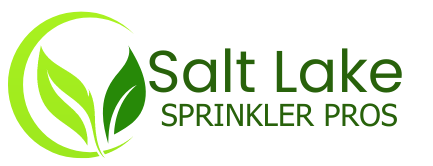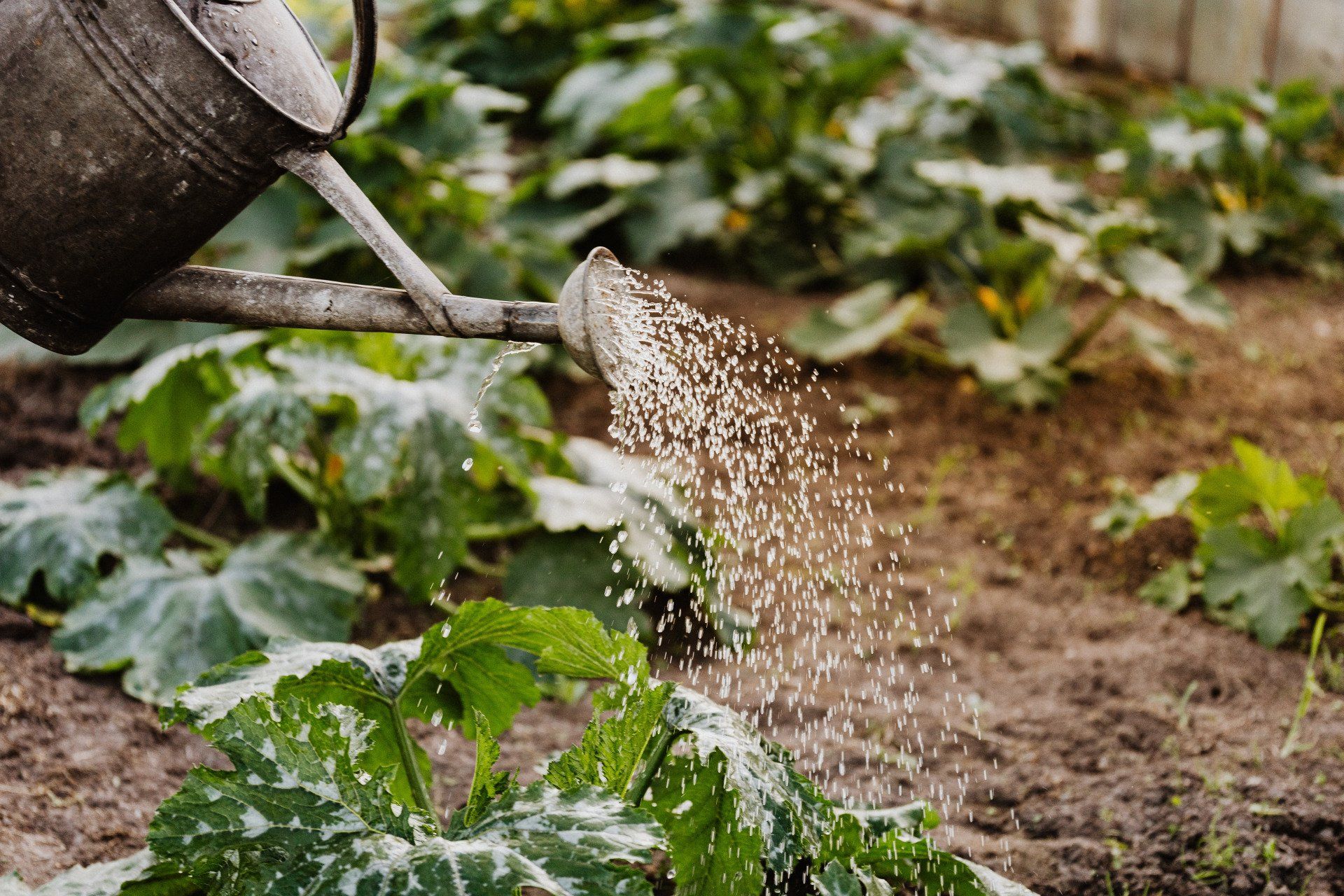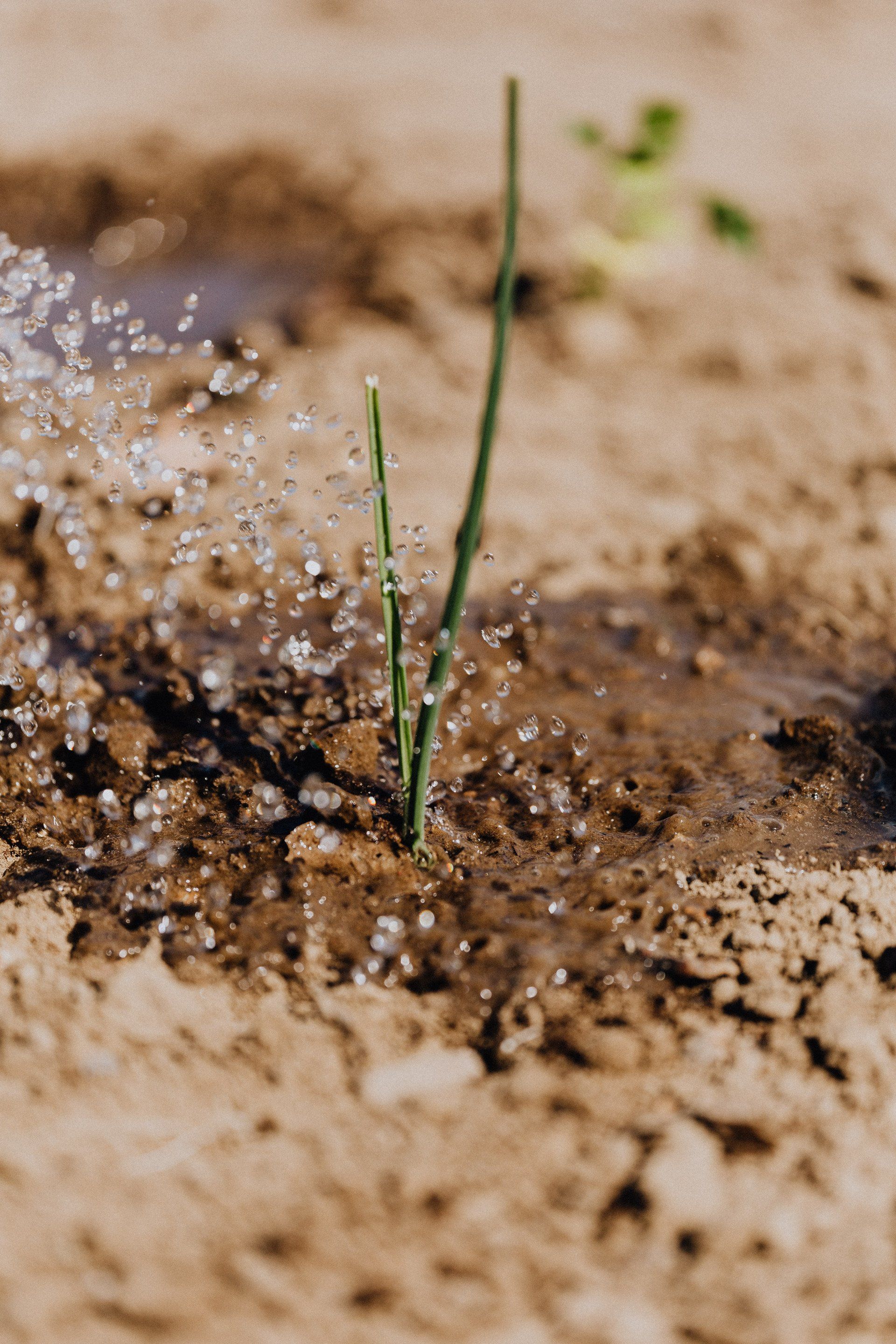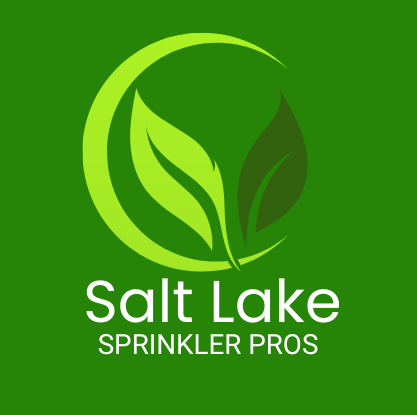Drip Irrigation Installation Salt Lake City Utah
Drip Irrigation System Installation
Drip irrigation systems are an ideal solution for many landscaping and garden spaces, and have the benefit of being very effective at conserving water.
Considering Installing a Drip Irrigation System?
Have you been considering installing a drip irrigation system for your landscaping in Salt Lake City, Utah or the surrounding cities of the Salt Lake Valley? Have you had difficulty maintaining your landscape plants, shrubs, flower beds or vegetable gardens because of the hassle of properly watering? Do you have plants that aren’t thriving because of the impact of overhead watering? Are you interested in conserving water and saving money on your water bill with a more efficient method of irrigating your landscaping, garden and other plants? Salt Lake City Sprinkler Repair & Installation Pros is your go-to resource for planning, installing and maintaining a drip irrigation system for your home or commercial facility. A drip irrigation system is a perfect enhancement of an existing lawn sprinkler system.
What is a Drip Irrigation System?
Drip irrigation systems are a somewhat recent innovation in irrigation technology that utilizes a network of piping and emitters run strategically through home landscaping to deliver low-pressure water directly to individual plants through the soil or directly to the root area. This system acts as a micro irrigation system, using low volumes of water very effectively to keep plants optimally irrigated while conserving water. Drip irrigation systems are a win-win solution, delivering cost savings and environmental benefit (in terms of water saved), while enabling your landscaping plants and gardens to thrive. Salt Lake City Sprinkler Repair & Installation Pros has deep experience installing drip irrigation systems, including subsurface irrigation and garden irrigation systems.
What are the Benefits and Advantages of Drip Irrigation?
Drip irrigation systems have been an important innovation in irrigation technology for one major reason: water conservation. For many landscaping and garden applications, drip irrigation systems have the advantage of extremely high efficiency (as high as 95%) relative to alternative irrigation methods.
In practical terms what this translates to is much higher precision watering: water goes directly to where it is needed and very little is lost to overspray, evaporation, runoff, or even wind, as is common with overhead sprinklers. Drip irrigation systems are low pressure and low volume, and as such, irrigation is gentle and targeted. A well designed system will give you excellent control over the precipitation rate and frequency to ensure a close match between irrigation needs and what is provided from your irrigation system.
There are several other related benefits to the water conservation advantage of drip irrigation. Drip or micro irrigation prevents problems of excessive watering, including fungal growth. Too much water can spell problems for your plants besides just the water waste. Too much water can kill a plant, or cause things to grow that are harmful to the plants you want to grow. Another related benefit is that, due to the precise targeting of the irrigation, the plants you want get the water you need while weeds and unwanted plants that might otherwise thrive on overspray are prevented from growing.
Components of Drip Irrigation System:
Drip irrigation systems come in many shapes and sizes, and require customization to the specific needs of your landscaping and garden. As such the appropriate components vary from project to project and are not one-size-fits-all. For most consumers, navigating the maze of possible options is dizzying. Hiring a professional drip irrigation installer will ensure that your drip system meets the irrigation needs of your landscaping and garden, while achieving the objective of water conservation.
There are many brands of drip irrigation components, and frequently they are not interoperable. We work with all of the major lines, including Netafim, K-Rain, Rainbird, Toro and Hunter, and can select the best option for the circumstances and requirements of your project.
Below we outline the primary components of a drip irrigation system:
- Pipes & Tubing: The piping is responsible for carrying the water from the source throughout the system. If you’ve seen brown lines running through mulch, this is what that is. Typically low density, flexible polyethylene tubing is used, though in some instances PVC pipe is used. Pipes and tubing can be covered with soil or mulch or other landscape material.
- Y Filter: A filter is a critical component of a drip irrigation system due to the small gauge of the tubing and emitters that can easily clog, even with the turbulent flow design of pressure compensating emitters. The filter will catch any particles traveling in the water lines and prevent a clog.
- Pressure regulator: Drip irrigation systems are designed for low pressure and the pressure regulator is required to step down pressure from the water source and maintain the proper pressure level of the system of 20-30 PSI.
- End/flush cap: An end cap at the end of the tubing supply line enables the system to be flushed and any debris that has accumulated to be vacated from the system.
- Emitters: Emitters are the exit point for water from the tubing into the soil or root zone. There are a wide array of emitters for various conditions and plant requirements. The two primary segments of emitters are non-pressure compensating emitters and pressure compensating emitters. Non-pressure compensating emitters are dependent on the incoming water pressure to determine the flow rate coming from the emitter. On the other hand, pressure compensating emitters are able to regulate the flow rate to achieve a constant distribution of water. Pressure compensating emitters are well suited for long irrigation rows, where water pressure can attenuate down the line, as well as in uneven terrain and have the benefit of turbulent flow design that prevents the emitter from clogging.
Beyond pressure compensation, there are emitters for different conditions, landscape and plant types. Below are a few of them:
- Drippers: drippers or button drippers are the most common form of emitter and are well suited for gardens and lawns and plants, providing a steady drip to plants. Drippers come in a range of flow rates, and can be punched into the main supply tubing at the appropriate location to provide irrigation to a specific plant or root system.
- Bubblers: Bubblers are ideal for large shrubs, trees and flower beds, slowly delivering a constant, light stream of water to the target area at ground level, allowing the water to percolate deeping into the root system of the tree, shrub or flower bed.
- Micro-sprayers/sprinklers/jets: Micro-sprayers are suitable for circumstances where standard drip emitters don’t work well, or where overhead watering is necessary or to keep foliage moist. Micro-sprayers come in an array of patterns and coverage areas, but operate based on a connection to the same low pressure drip irrigation system. Due to the low pressure/low volume, micro sprayers enable slow and long precipitation with minimal runoff.
- Emitter Tubing: is tubing that comes with factory installed pressure compensating emitters at evenly spaced distances along the tubing. The advantage of this type of emitter is that it is much quicker to install, with the downside that the location of the drip emitters is not customizable and only available in regular intervals of 9”, 12”, 18” etc.
Frequently Asked Questions about Drip Irrigation
New Paragraph
Having a Sprinkler System Emergency?
We're available 24-hours a day, 7 days a week.
We provide Drip Irrigation Services in the following cities & neighborhoods in the Salt Lake City Utah Area
Salt Lake City
Sugarhouse
Avenues
Yalecrest / Harvard Yale
East Bench / St Marys
Sunnyside
Bonneville Hills
Wasatch Hollow
Capital Hill
Westpointe
Downtown
Central City
East Central
Ballpark
Fairpark
Liberty Wells
Holladay
Millcreek
Murray
Sandy
Draper
Canyon Rim
Zions Park
Olympus Cove
Cottonwood Heights
South Salt Lake
Oakdale
Jamestown
Wildwood
Smithfield
Alta Vista
Little Cottonwood Creek Valley
Park City
Jeremy Ranch
Summit Park
Midway
Heber City
Silver Summit
Snyderville
West Valley City
West Jordan
South Jordan
Herriman
Bluffdale
Magna
Glendale
Rose Park
Jordan Meadows
Poplar Grove
Fairpark
Taylorsville
Kearns
Oquirrh
Riverton
Daybreak



